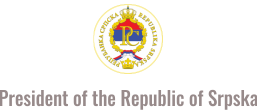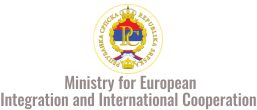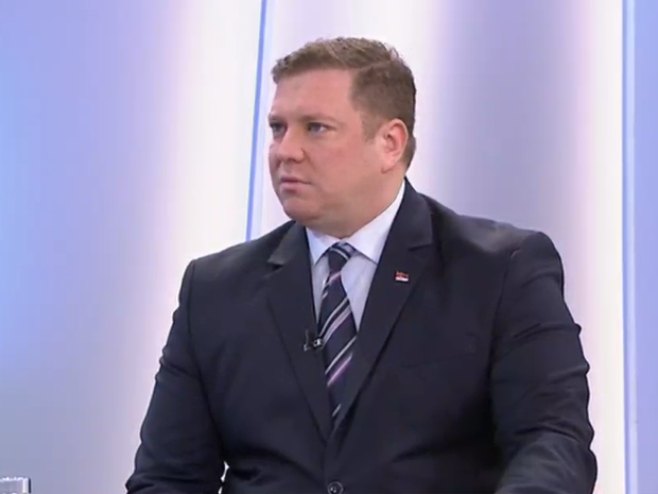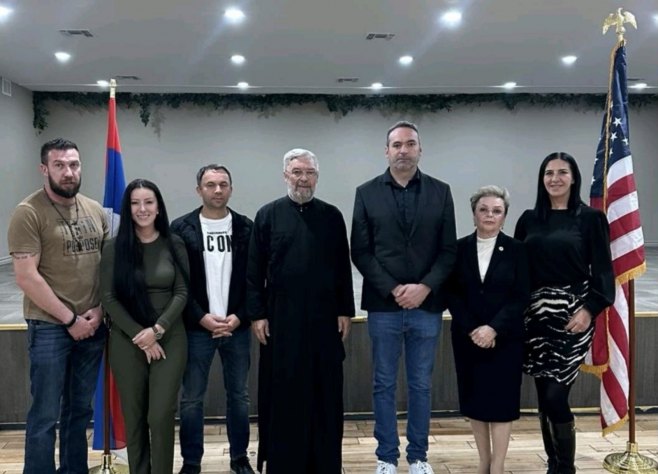In a poll on the Ranker website which covered more than a million people, the Serbian flag was voted the prettiest in the world. On the ranking list of the fifty prettiest, the Serbian flag came first.
Deacon Hajji Nenad Jovanović, one of our best heraldists, pointed out that the first flag noted in a historical source related to Serbia and Serbian rulers was mentioned at the time of the first Serbian coronation of the King of Zeta, Mihajlo Vojislavljević, who had received the crown from the Roman Pope Gregory VII.
‘Along with the crown, the King of Zeta also received a flag that is said to be the flag of St. Peter. This is the first flag that might be associated with Serbia’, said Deacon Hajji Nenad Jovanović.
He points out that, conditionally speaking, the apocryphal Nemanjić coats of arms bear a double-headed eagle. They were entitled to wear a double-headed eagle on their royal clothes, in different colors, according to the hierarchy.
‘The double-headed eagle has been documented on the Serbian ruler’s coat of arms only since the time of despot Stefan Lazarević, the first mayor of Belgrade, who made Belgrade the capital of Serbia. On one of his coins the shield bears a double-headed eagle. It had been used before that, but this was the first time that it was used as the coat of arms of Serbia in the heraldically correct sense’, said Deacon Hajji Nenad Jovanović.
‘The flag has the symbolism that a person attributes to it. As an Orthodox, I want to see spiritual symbolism in it. The color red in Orthodox iconography is the divine color, the color blue is the human color, the color of the human nature of Christ, and the color white symbolizes purity, both ethical and moral. Our flag is a God-man flag. It is difficult to understand the origin of the colors on the flag, because they are on the flags of most countries in the world’, noted Deacon Hajji Nenad Jovanović.
‘The first Serbian flag regulated by the constitution had a color scheme identical to that on today’s flag of the Republic of Croatia, red, white and blue. That was according to the Sretenje Constitution, and later the arrangement of colors changed’, said Deacon Hajji Nenad Jovanović.
After the Second World War, the new Yugoslavia had a five-pointed star on the flag, which some are still nostalgic for.
‘That flag is a judicial national tricolor, and at that time, Serbia and Montenegro had the same flag. In Serbia, the star was removed in 1992. Since 2004, we have been reinstating the flag with a double-headed eagle. It is an iconographic representation of a symphony, the church and the state, two heads on the body of one organism. The church and the state – the patriarch and the king, Saint Sava and Stefan Prvovenčani working together for the benefit of the Serbian people’, concluded Deacon Hajji Nenad Jovanović.
Source: Radio Television of Serbia
Photo: Illustration





